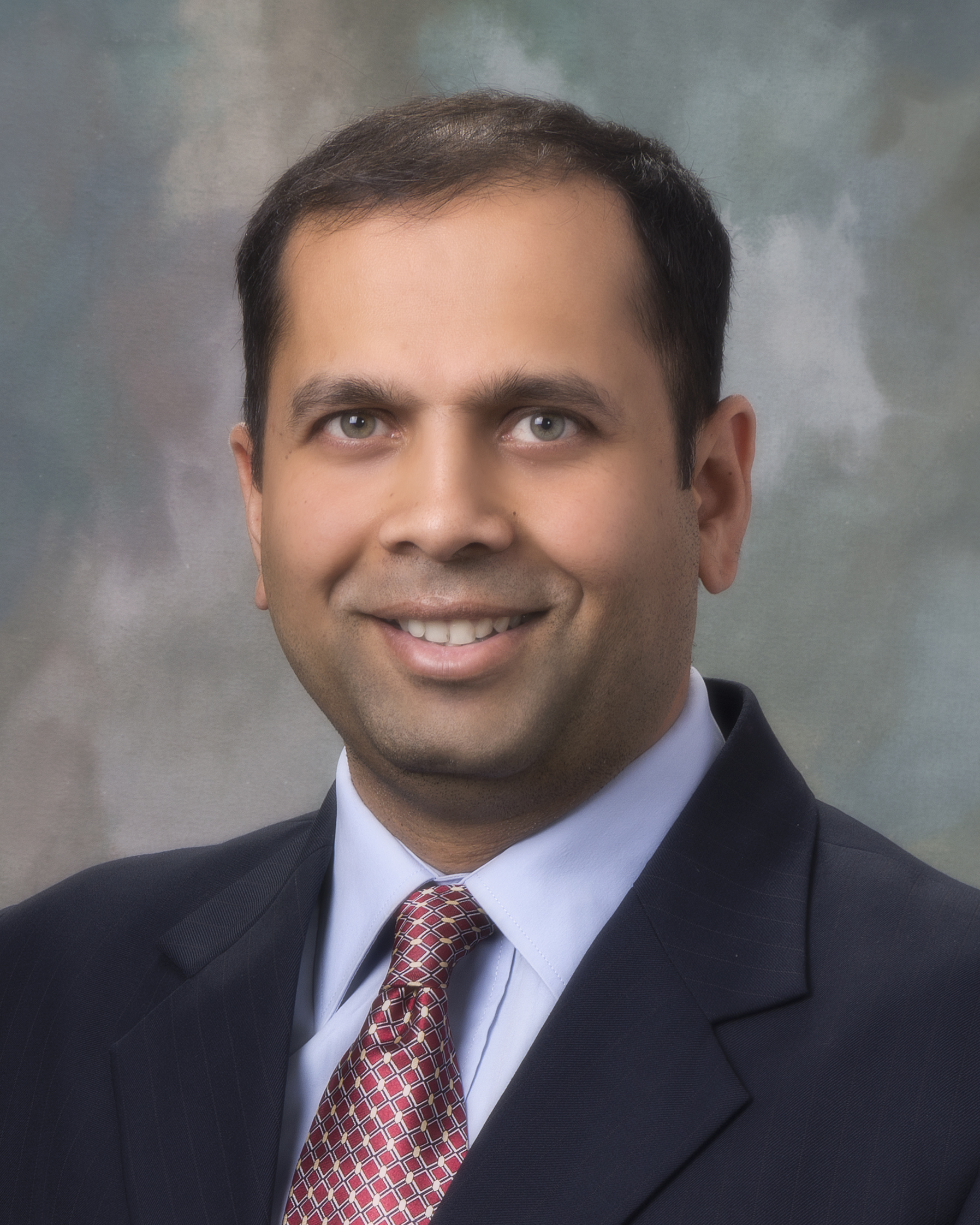
Nisha harshwal:-According to you what is the position of Indian market in Smart Building?
Mr.Aseem Joshi:- India is expected to witness massive urbanization in the next 5-10 years. India’s urban population is expected to more than double from the current levels. Smart cities will be critical for sustaining this growth. The Indian government’s 100 Smart Cities plan is a forward-looking initiative that aims to improve quality of life and make the country a smarter place to live. These smart cities will be enabled by a number of smart solutions. Smart buildings is one of the identified pillars and integral to an urban ecosystem.
Believing that a building is more than four walls and a ledger entry, Honeywell conceptualized and launched the Honeywell Smart Building ScoreTM (HSBS) — a new, universal framework for quick, comprehensive, and easy assessment to measure the smartness of a building based on green, safe, and productive outcomes. Since its global launch in India in 2015, the score has subsequently been launched in six countries across the United States, China and the Middle East.
Nisha harshwal:-How IoT based technologies are contributing towards making a Smart Building?
Mr.Aseem Joshi:- With the right technology, a simple brick and mortar structure transforms into a smart building, helping streamline costs and operations while enriching daily life for its tenants. Using IoT based technologies for connecting the building’s systems and equipment to a universal network and the right software can provide sophisticated real-time control of the building, from lighting, heating, ventilation and air conditioning and energy usage to access, security, and other critical systems. providing the tenants with cutting-edge amenities.
Nisha harshwal:-What is the key purpose of using IoT in your products. What are the problems that IoT helps solve in your industry?
Mr.Aseem Joshi:- Honeywell Building Solutions (HBS) today utilizes analytics and the Internet of Things (IoT) in the domain of heating, ventilation and air conditioning, and energy optimization. Through our IoT based offerings, we are trying to address the issue of providing better customer service for IBMS requirement by integrating solutions like video surveillance, security, access control, fire safety and incident response and BMS sub systems. These offerings help us align closely to our customer demands leading to enhanced customer experience and is revolutionizing the way we provide service to our customers.
In the building and automation industry, analytics and IoT has a huge role to play, in not only making our service delivery processes more efficient and customer centric but also reducing labor costs to a large extent.
 Nisha harshwal:-How are Honeywell technologies contributing towards making a workforce more productive and addressing the need of the millennial workforce?
Nisha harshwal:-How are Honeywell technologies contributing towards making a workforce more productive and addressing the need of the millennial workforce?
Mr.Aseem Joshi:- HBS taps into Internet of Things capabilities to address common building issues including temperature settings, access control, and indoor navigation for maximizing workforce productivity.
The Honeywell Vector Occupant App combines the convenience of today’s mobile devices with connected building features to give occupants more control over their comfort levels and ability to securely move about the work place. The new software is the latest example of Honeywell’s leadership in the Internet of Things around connected buildings. Building occupants long have grappled with who to call when their work area is too cold, or how to gain access to a facility when they forget their access card at home, or how to find their way around complex buildings that are difficult to navigate without directions.
The new app provides digital identification and integrates with core building functions, including access and comfort control, to enhance building occupants’ experience with the touch of a screen. The app’s access control capability eliminates the need for physical cards or fobs and gives users secure access via their smart phones. In addition, occupants can quickly and easily communicate temperature discomfort for real time adjustments instead of the more time-consuming process currently used of seeking out a facility manager or making a phone call to request temperature changes. Similarly, the app lets users easily navigate a building and rate spaces to promote improved comfort and productivity for the workforce.
Nisha harshwal:-How you can use data and insights to promote improved performance and maintenance of building health?
Mr.Aseem Joshi:- HBS recently launched Outcome Based Service (OBS) wherein we are utilizing analytics and IoT to predict different failures that could happen to a building’s sub-systems. Using OBS, the system automatically detects possible future breakdown scenarios, raises an automatic alarm, and notifies the respective service team on real time basis so that the necessary action can be taken to prevent the breakdown. Drawing from the collective power of analytics, IoT technologies, mobile applications and the deep domain expertise of Honeywell’s service engineers, the new service approach transforms buildings into productive organizational assets through:
-
A smart suite of services that help focus maintenance activities for optimal facility performance.
-
Mobile applications that connect people with buildings to improve building operations and experiences
With Honeywell Connected Services, organizations can:
-
Enable visibly better operational performance for bottom-line impact
-
Solve real business issues, from the boiler room to the boardroom, and generating year-over-year-value from your building
-
Ignite an engaged workforce by fostering a delightful workplace experience
-
Provide a pathway for ongoing building technology innovation and future-readiness via continued connectivity
Nisha harshwal:-Lastly where do you see Indian market as compared to overseas market?
Mr.Aseem Joshi:- There is huge potential for Integrated Building Management System (IBMS) adoption in India as buildings are becoming smarter. The need for IBMS is gradually moving from high end/premium buildings to include mid segment buildings as well.


